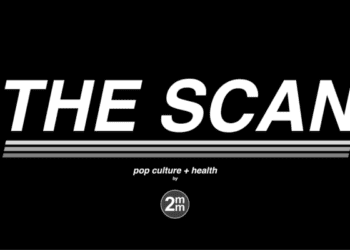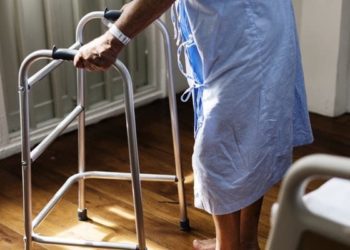Neuropsychological and biomechanical measures dominate assessment of limb pain in athletes
1. In this scoping review, neuropsychological and biomechanical assessments of limb pain in athletes were most frequently used, while affective, cognitive, and socioenvironmental pain assessment tools were underrepresented.
2. Furthermore, athletes with a physical or intellectual disability were underrepresented in the included studies.
Evidence Rating Level: 1 (Excellent)
Sports-related injuries are detrimental to athletes for various psychological and physical reasons, and pain rates for both upper and lower limb injuries in athletes remain elevated. Currently, the literature surrounding upper and lower limb pain in athletes is lacking. As a result, the objective of the present scoping review was to review the methods used to assess and classify upper and lower limb pain in athletes according to the domains of the International Olympic Committee (IOC) Athlete Pain Framework.
Of 3292 identified records, 470 (n=23770) studies were included from various databases from database inception to August 2021. Studies were included if they reported the assessment or classification of pain in athletes of any age engaged in a sport and training on a weekly basis. Studies were excluded if they included recreational exercisers, rather than athletes who engage in competition, if they only included pain originating in the spine or torso, or if there was an absence of pain measures. The review was performed using PRISMA guidelines and Joanna Briggs Institute standardized methodology for scoping reviews. The primary outcome was to determine the methods in which peripheral pain is assessed and classified in athletes.
The results demonstrated that there was a total of 167 different pain assessment tools identified to investigate upper and lower limb pain in athletes. The most well-represented domains of pain assessment were neurophysiological and biomechanical. In contrast, affective, cognitive, and socioenvironmental pain assessment tools were underrepresented in the literature. Furthermore, athletes with a physical disability or an intellectual disability were significantly underrepresented in the studies. The review was limited by the fact that some studies did not include pain-related objectives, which may have influenced the research findings. Nonetheless, the present study provided a foundation for future studies targeting the assessment of upper and lower limb pain in athletes.
Click to read the study in British Journal of Sports Medicine
Image: PD
©2023 2 Minute Medicine, Inc. All rights reserved. No works may be reproduced without expressed written consent from 2 Minute Medicine, Inc. Inquire about licensing here. No article should be construed as medical advice and is not intended as such by the authors or by 2 Minute Medicine, Inc.







